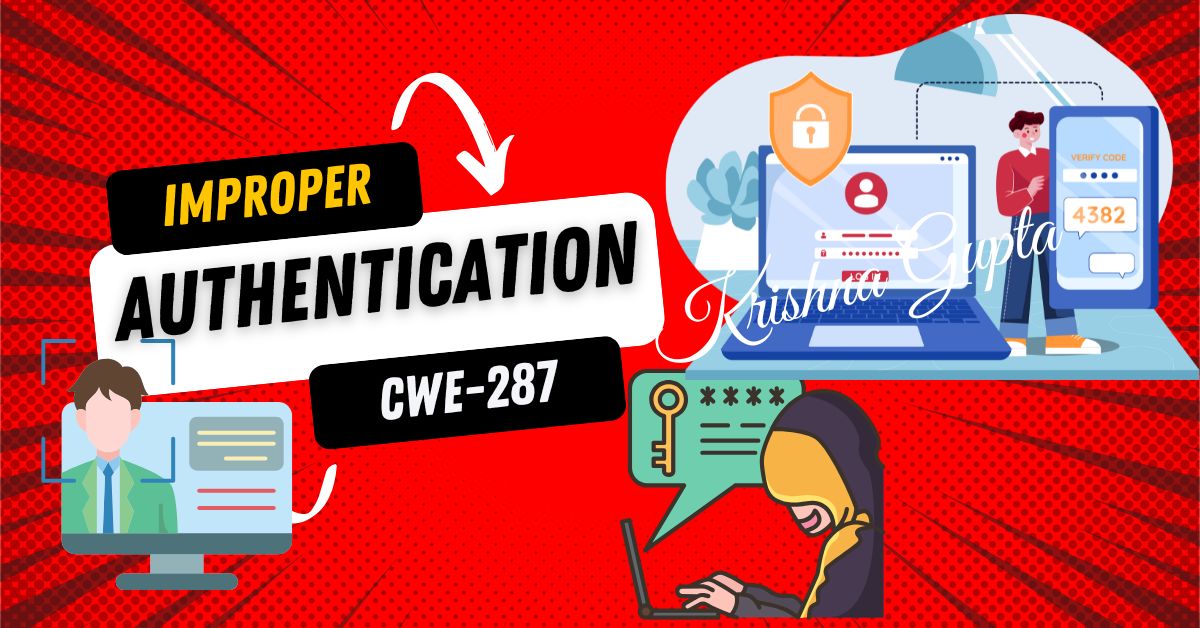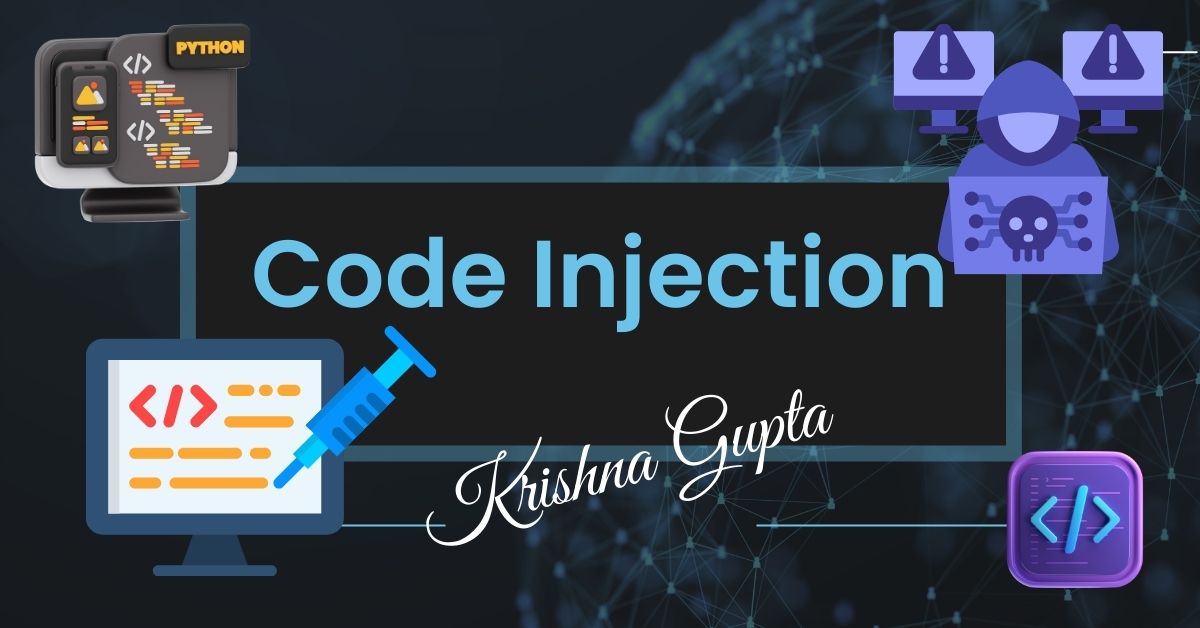2024 CWE Top 25 Most Dangerous Software Weaknesses: Deserialisation of Untrusted Data (CWE-502)
Deserialisation refers to the process of converting serialised data (a compact format of an object or data structure) back into its original form. While this operation is indispensable in modern software, it becomes a vulnerability when the deserialised data originates from an untrusted source.
When untrusted data is deserialised without validation, attackers can exploit the process to execute arbitrary code, manipulate application logic, or inject malicious payloads. CWE-502 encapsulates this weakness, highlighting its potential to compromise data integrity, confidentiality, and availability.




